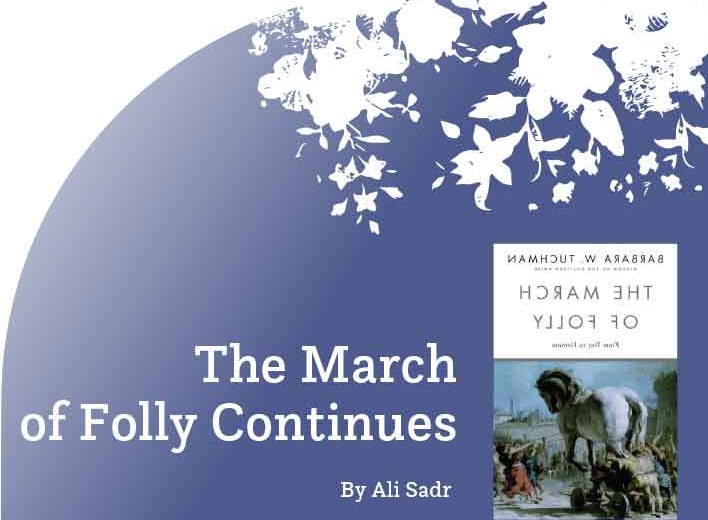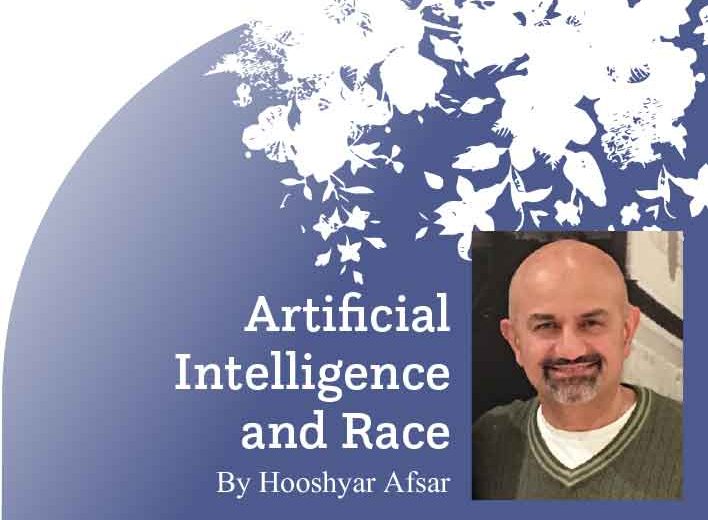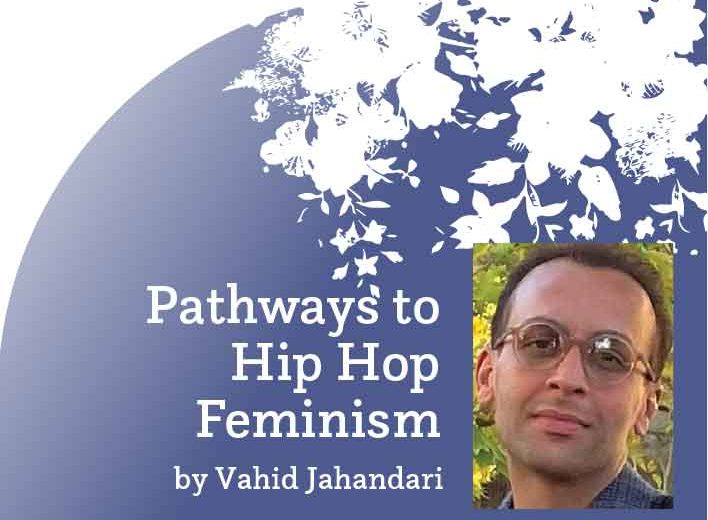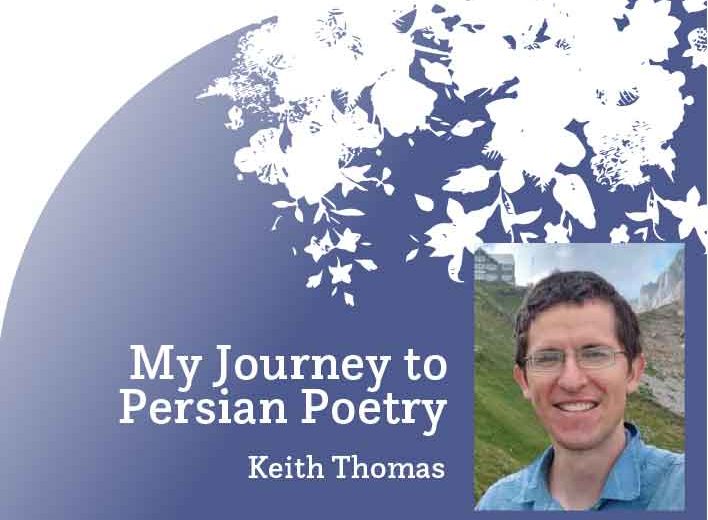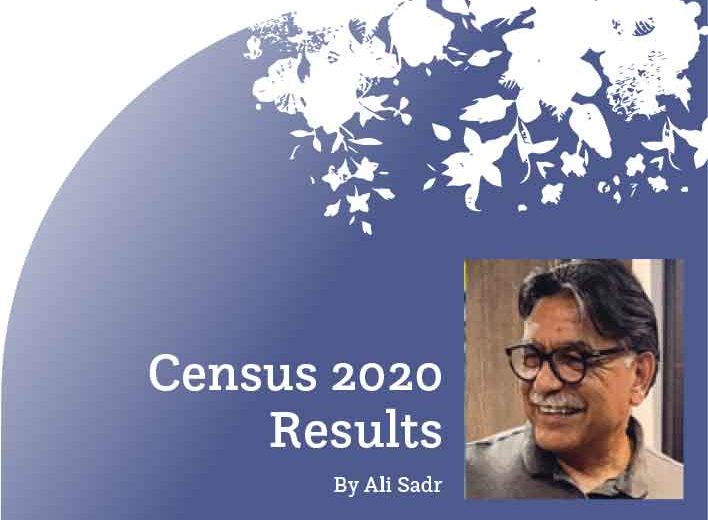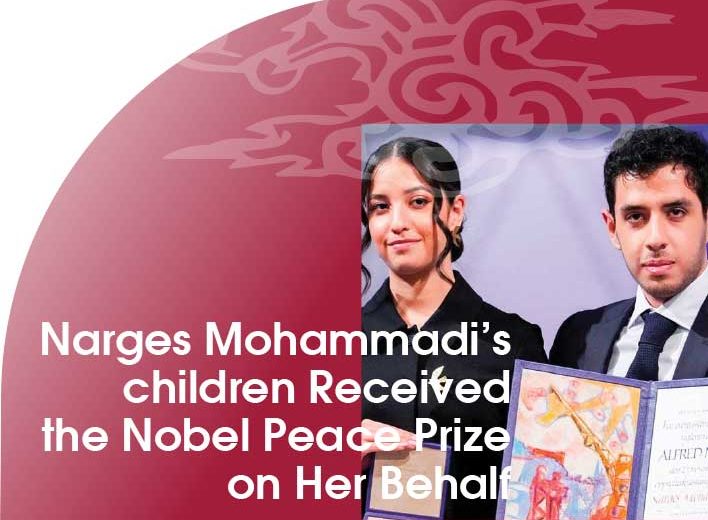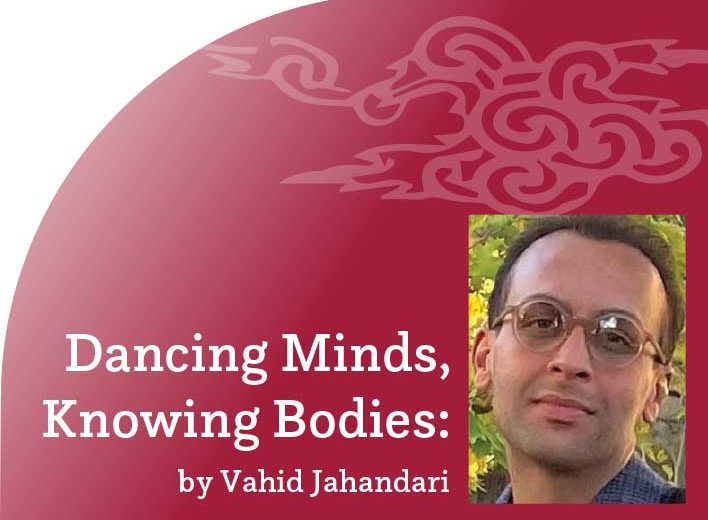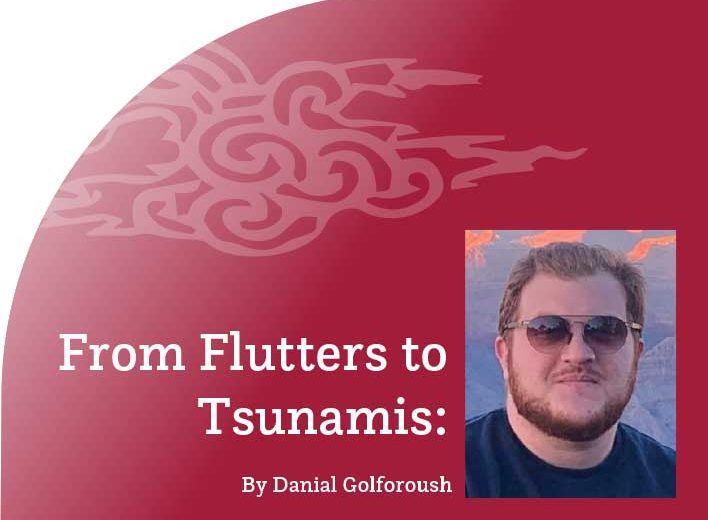Why I Have High Hopes for the Iranian American Community
By Hooshyar Afsar
Introduction
Recently, I attended a panel discussion on Zoom about dehumanization of Iran and Iranians in the U.S. which sent me on an emotional rollercoaster both during and after the meeting. At the bottom was a sense of despair about the current and future state of the Iranian American community, while the peak was a sense of joy for our accomplishments and our ability to meet the challenges we face.
Long ago, I learned from my father that a sense of balance is an essential aspect for happiness and productivity in life. He once said to me that when you are really depressed and you think there is no hope in this world, visit a cemetery. And when you feel so happy and proud that you think you are on top of this world, visit a cemetery. My father was pointing out the temporary nature of our existence—giving me a practical way to be in touch with what is important in my life to arrive at a sense of balance. So, I thought about writing a piece about why I have high hopes for our community to arrive at the sense of balance that I desired after attending the Zoom panel discussion.
When reacting to negative portrayals of Iranians, there is a typical response by many of our community members in the United States to defend ourselves by telling the offenders that we are highly educated people who enjoy economic success higher than other immigrant communities. But these common refrains are not why I am hopeful for our community; rather, I have chosen three specific examples about our community’s resourcefulness and impact that go beyond wealth and education.
Iranian American Community Organizations
Iranian Americans have dozens (if not hundreds) of community organizations in the United States. In addition to major national organizations, we have regional organizations that make an impact in our community and the communities they touch. Here, I am going to showcase two, namely those in Atlanta and San Diego.
Persian Cultural Center of Atlanta (widely known as Kanoon) is a clear and instrumental part of the Iranian American community in that city. It has a spacious center with many rooms for Persian classes and a sizable event hall, and its Persian school has made a difference with second- and third-generation Iraninan Americans for decades. Prior to COVID-19, Kanoon hosted many social gatherings and celebrations, including Nowruz and Mehregan, in addition to regular talks by experts on a variety of subjects such as history, philosophy, and the arts. Its annual Atlanta Persian Festival attracted tens of thousands of people every year, with dozens of businesses participating. After COVID-19, Kanoon flexibly adapted itself to the new situation and continued holding many of its events via Zoom, including switching its Persian classes from in person to online learning. Not only did Atlanta’s PCC hold hundreds of Zoom events during the pandemic, it expanded its impact to Iranian Americans in other parts of the country. Atlanta is known as the birthplace of the Civil Rights movement and its PCC has stood firm in support of racial justice and immigrant rights movements. Last but not least, Kanoon also acts as a place where people in the Iranian American community who are in economic or emotional distress can get help—there are many examples of people who have lost a loved one and didn’t know anyone else in Atlanta or others who have become unhoused counting on PCC to support them to get back on their feet. 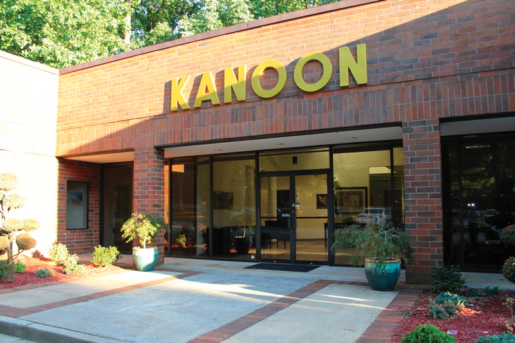
Readers of Peyk are already familiar with the Persian Cultural Center of San Diego, yet it is important to briefly touch on its more than three decades of accomplishments. There are many similarities between the San Diego and Atlanta PCCs. Both have been very active in the community and in organizing community events. San Diego’s PCC has two major accomplishments that are noteworthy. One is the Persian school (Iranian School of San Diego) that, at its peak, had nearly three hundred students. The school—which is the outcome of decades of effort by community organizers and teachers—publishes its own textbooks and provides high school language credit for certain advanced classes. Thanks to ISSD, many third-generation students are learning Persian well enough to speak it better than their second-generation parents. A second significant accomplishment of the San Diego PCC is the bimonthly publication of Peyk, which recently celebrated its 30th anniversary. In addition to its free online version, the printed version is mailed to thousands of subscribers across the U.S. Its pages cover an exciting variety of subjects that are both informative and amusing.
The breadth and depth of the success of these two community organizations shows that, in spite of our differences and our challenges, we are capable of creating long-lasting community entities that continue to thrive and serve their members, supporters, and the community as a whole.
City Council of Atlanta
With the election of Liliana Bakhtiari to the city council of Atlanta this past November, for the first time in the history of our Iranian American community, we now have two Iranian Americans elected as members of a major American city governing body. In 2018, Amir Farokhi was the first Iranian American elected to the city council of Atlanta; he was re-elected in 2022.
In addition to being recognized by the people of their districts in Atlanta through the power of vote, both Farokhi and Bakhtiari have progressive policies and support the rights of the Iranian American community. Farokhi has supported many of Kanoon’s programs. Prior to her election to office, Bakhtiari was a community organizer who worked locally and in 26 countries spanning four continents on such grassroots causes as seniors rights, curtailing predatory lending, and fighting human trafficking, among others. A member of the LBGTQIA community, Bakhtiari is openly gay, sharing her personal life on her web site. During her campaign for city council, she was sponsored by a city-wide coalition that pursued real change and supported the interests and unheard voices of the underserved.
The fact that our community has two city council members in the birthplace of the civil rights movement is a huge accomplishment. In a sense, as the civil rights movement resulted in the 1965 Immigration and Nationality Act—thus facilitating the growth of our Iranian American community for decades—we have an opportunity to give back to local communities that were instrumental in benefiting us by bringing historical progressive change.
Second-Generation Iranian Americans and SWANA
I have written several articles for Peyk about the history of racism and race as a social construct—specifically about how our racial categorization as white robs us of our own place among other communities and consequently deprives us of all the rights that come with being a non-white community. There has been a general movement in the U.S. to define a new racial category, namely Southwest Asian North African (hence the abbreviation SWANA*).
SWANA provides for a sense of solidarity with all the communities who originate in those regions. Contrary to common simplifications which limit those communities to Iranians and Arabs, there are many ethnicities which live in those regions who do not identify with either Iraninans or Arabs. Also, Iran is a multi-ethnic country itself with various intersections of ethnicity, language, and even race. 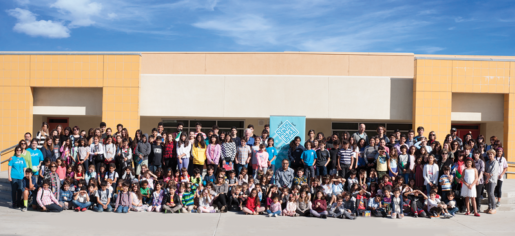
To get an objective sense of the consequences of adopting the racial categorization SWANA, let’s talk about what University of California at Berkeley students achieved in this regard. Led by Iranian American students, a student movement at Berkeley convinced the university to expand representation of SWANA as a historically mischaracterized group by including the category in the application process and collecting/reporting data on SWANA students. It took a three year campaign in which Arab American students were also actively participating. This means that there is now data on enrollment and recruitment for the past eight years that will help all SWANA applicants, including Iranian Americans, achieve fair representation rather than being invisible by their dissolution in the white category. Another significant aspect of this accomplishment is that SWANA students now receive budgetary funds and physical space in the campus student union so that they can have a stronger sense of community and opportunity for organizing. The fact that Iranian American students went beyond many anti-Arab racist tendencies in our community and united with Arab Americans was another major accomplishment—showing what solidarity with other communities of color could do to further the cause of being a great and flourishing community.
Imagine what could become available to our Iranian American community if this new racial category is officially recognized in the U.S. Census and SWANA becomes an official minority status. If students at UC Berkeley could achieve all those benefits, our whole community in this country could acquire funding and representation in addition to collection and reporting of data that will benefit us for the foreseeable future.
Ending Note
These three examples of hope and pride are only a fraction of many other positive and empowering aspects of our community. They are different from stereotypical ways that many members of our community try to portray us, i.e., highly educated, economically successful, and “white.” They tell a story of community organizing, community activism, civic engagement, running for office, and being elected as progressive and dynamic candidates. They tell the story of solidarity with other communities of color bringing about positive and progressive change. These are the kinds of stories that bring joy to my heart.
____________________________________________________
* A similar term exists—MENA (Middle Eastern North African)—but there are arguments against MENA and for SWANA as the term Middle East has clearly-established colonial roots.
Hooshyar Afsar is one of the founders of Racism Awareness Project (RAP), an educational program on the history of and present-day racism in the United States and its impact on the Iranian American Community. RAP has had a variety of educational forums across the United States. Mr. Afsar has written several articles and book reviews on the topic for Peyk and other publications. He can be reached at hoosh.afsar@rapusa.org.


